Planting soybeans into a weed-free seedbed is an important component to maximize yield potential. While tillage can provide a weed-free seedbed, an herbicide burndown program can also be used. The benefits of a no-till system include:1,2
- Can produce similar yields with appropriate management
- Potential for up to 50-75% reduced energy costs.
- Increased efficiency through decreasing the number of tillage passes in a field. This can translate to more acres planted in the same time compared to conventional tillage practices.
- Reduced soil erosion by as much as 75-100%.
- Reduced loss of soil moisture from evaporation and soil infiltration, making 20 to 25% more soil moisture available for in-season use.
- Reduced nutrient and pesticide runoff and surface water contamination with reduced tillage operations.

Delayed springs due to cool and wet weather will slow weed growth, but once the weather turns, weeds can begin growing at a very quick pace. Delaying a burndown application can result in significant yield losses; a Michigan State University study found that a yield loss of over 8 bu/acre occurred when a glyphosate herbicide was used when soybean had reached the first tri-foliate growth stage as compared to an application 7 days prior to planting.3 Additionally, by allowing weeds to continue to grow, controlling them becomes harder, particularly those weeds that are herbicide resistant. However, keep in mind that generally when air temperatures fall below 40° F for an extended period after a burndown herbicide application has been made, weed control will most likely be reduced.4
Planting date is becoming an important component of maximizing soybean yield potential.5 Therefore, a burndown system that allows immediate planting after application is very beneficial and can ensure that planting occurs as soon as possible. Using XtendiMax® herbicide with VaporGrip® Technology, a restricted use pesticide, in the Roundup Ready® Xtend Crop System allows for that flexibility as compared to some other systems. Additionally, a burndown program that includes a residual component provides extended weed control and using herbicides with different sites of action should always be a consideration. Applying herbicides when weeds are an appropriate size remains a major factor for ensuring satisfactory control. Besides the benefit of using a burndown, which allows for a clean start, the use of a residual product will decrease early season weed populations and may delay weed growth during the growing season.6 Additionally, residual herbicides will help improve the control of weeds with an extended germination time period, such as giant ragweed, waterhemp, etc.
When choosing residual herbicides, the decision should be based on the types of weeds that are in the field and weed pressures to maximize economic return. Herbicide products that can be tank mixed with XtendiMax with VaporGrip Technology can be found at www.xtendimaxapplicationrequirements.com.
Sources:
1Staton, M. “No-till soybeans offer many benefits” (May 5, 2011). Michigan State University Extension. https://www.canr.msu.edu/news/no_till_soybeans_offer_many_benefits
2Herbek, J.H. “No-till soybeans” (2000). Agriculture and Natural Resources Publications. 84. https://uknowledge.uky.edu/anr_reports/84
3Sprague, C. “Don’t skip burndown herbicide applications this spring” (April 26, 2018). Michigan State University Extension. https://www.canr.msu.edu/news/dont_skip_burndown_herbicide_applications_this_spring
4Jhala, A. and Rees, J. “Low temperature and frost may affect efficacy of burndown herbicides” (November 9, 2017). University of Nebraska, Institute of Agriculture and Natural Resources: CropWatch. https://cropwatch.unl.edu/2017/low-temperature-and-frost-may-affect-efficacy-burndown-herbicides
5Mourtzinis, S., Sprecht, J., and Conley, S. “Identifying optimal soybean planting dates across the U.S.” (2019). CoolBean. University of Wisconsin-Madison Extension. https://coolbean.info/wp-content/uploads/sites/3/2019/01/Soybean_optimal_planting_FINAL.pdf
6Sprague, C. “Consider using residual herbicides with burndown treatments in no-till soybean” (May 5, 2011). Michigan State University Extension. https://www.canr.msu.edu/news/consider_using_residual_herbicides_with_burndown_treatments_in_no_till_soyb
4001_S1



